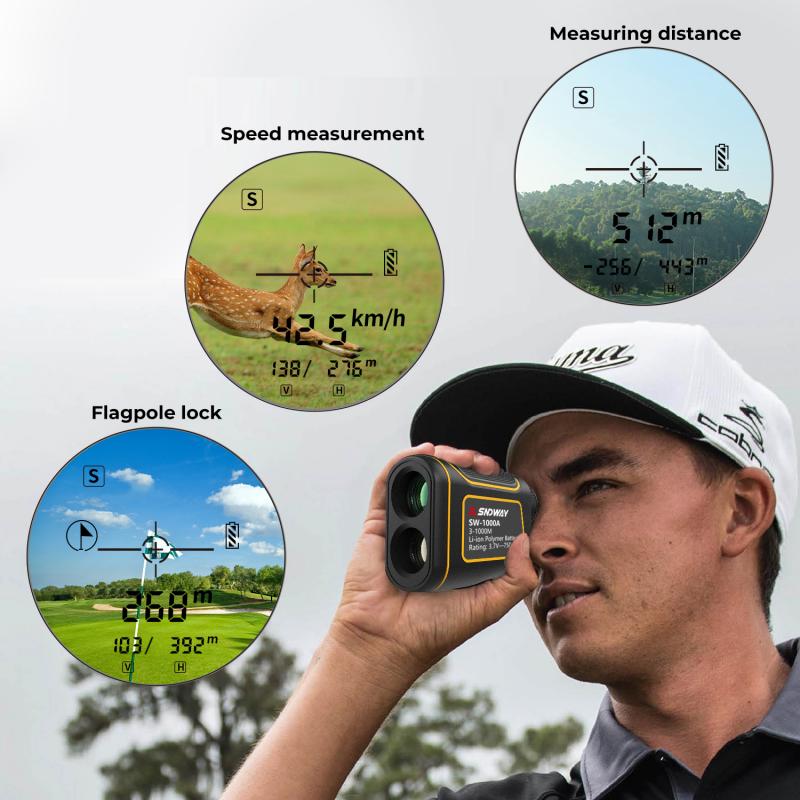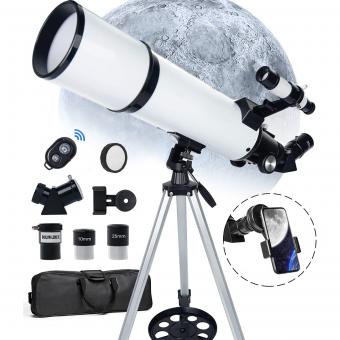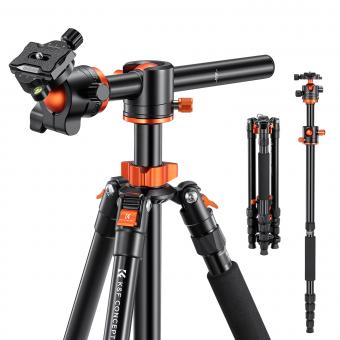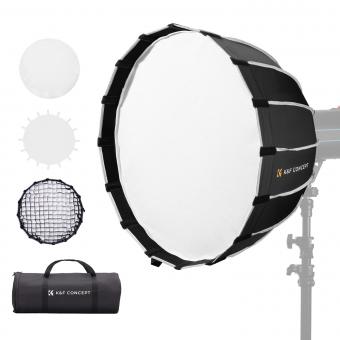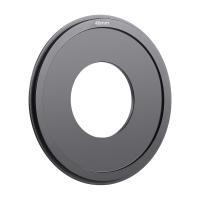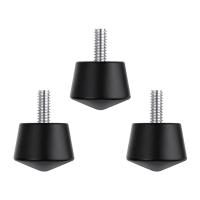What Kind Of Telescope To See Saturn ?
To see Saturn, you would typically need a telescope with a moderate to high magnification power and a decent aperture size. A refractor or reflector telescope with an aperture of at least 4 inches (10 cm) would be suitable for observing Saturn and its rings. Additionally, using a telescope with good optics and a stable mount can enhance the viewing experience.
1、 Reflecting Telescope
To see Saturn, a Reflecting Telescope is the recommended choice. Reflecting telescopes use mirrors to gather and focus light, providing a clear and detailed view of celestial objects like Saturn. These telescopes are particularly effective for observing planets, as they can capture more light and produce sharper images compared to other types of telescopes.
When it comes to observing Saturn, a reflecting telescope with a moderate to large aperture is ideal. The aperture refers to the diameter of the telescope's primary mirror, and a larger aperture allows for better light-gathering capabilities and higher resolution. Saturn is a relatively bright object in the night sky, so even a moderate-sized reflecting telescope with an aperture of around 6-8 inches can provide impressive views of the planet's iconic rings and its largest moon, Titan.
It's worth noting that advancements in technology have made telescopes more accessible and affordable in recent years. There are now many options available for amateur astronomers, ranging from traditional Newtonian reflectors to more compact and portable designs like Dobsonian telescopes. Additionally, some telescopes come with computerized mounts and built-in tracking systems, making it easier to locate and track Saturn as it moves across the sky.
In conclusion, a reflecting telescope is the recommended choice for observing Saturn. With a moderate to large aperture, these telescopes can provide stunning views of the planet's rings and moons. As technology continues to advance, there are now more options available to amateur astronomers, making it easier than ever to explore and appreciate the wonders of our solar system.
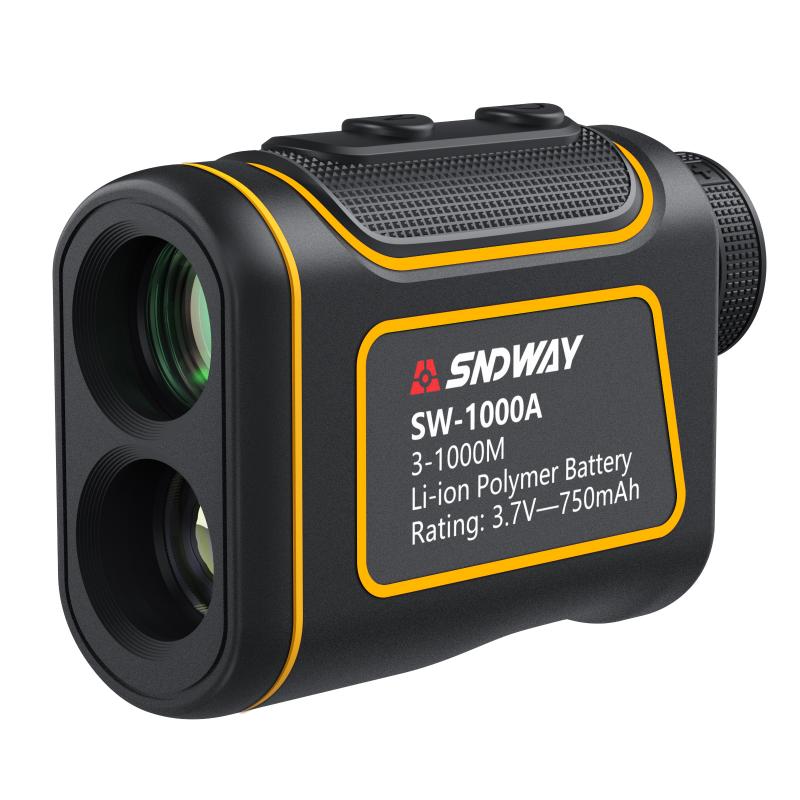
2、 Refracting Telescope
What kind of telescope to see Saturn? A refracting telescope is a great choice. Refracting telescopes use lenses to gather and focus light, allowing for clear and detailed views of celestial objects like Saturn.
Saturn, with its iconic rings, is a popular target for amateur astronomers. To observe Saturn, you will need a telescope with enough aperture (the diameter of the objective lens or mirror) to gather sufficient light and resolve the planet's features. A refracting telescope with an aperture of at least 4 inches (100 mm) would be suitable for observing Saturn.
Refracting telescopes offer several advantages for observing Saturn. They provide crisp and sharp images, making it easier to see the planet's rings and any atmospheric details. They also have a relatively low maintenance requirement compared to other types of telescopes, such as reflecting telescopes, which use mirrors instead of lenses.
In recent years, advancements in technology have made refracting telescopes even more accessible and user-friendly. Many models now come with computerized mounts and built-in tracking systems, allowing for easy tracking of Saturn as it moves across the night sky. Additionally, some refracting telescopes are equipped with advanced optics, such as apochromatic lenses, which minimize chromatic aberration and provide even clearer views of Saturn.
It's worth noting that while a refracting telescope is a great choice for observing Saturn, other types of telescopes, such as reflecting telescopes, can also provide excellent views of the planet. Ultimately, the best telescope for observing Saturn depends on your personal preferences, budget, and observing conditions.
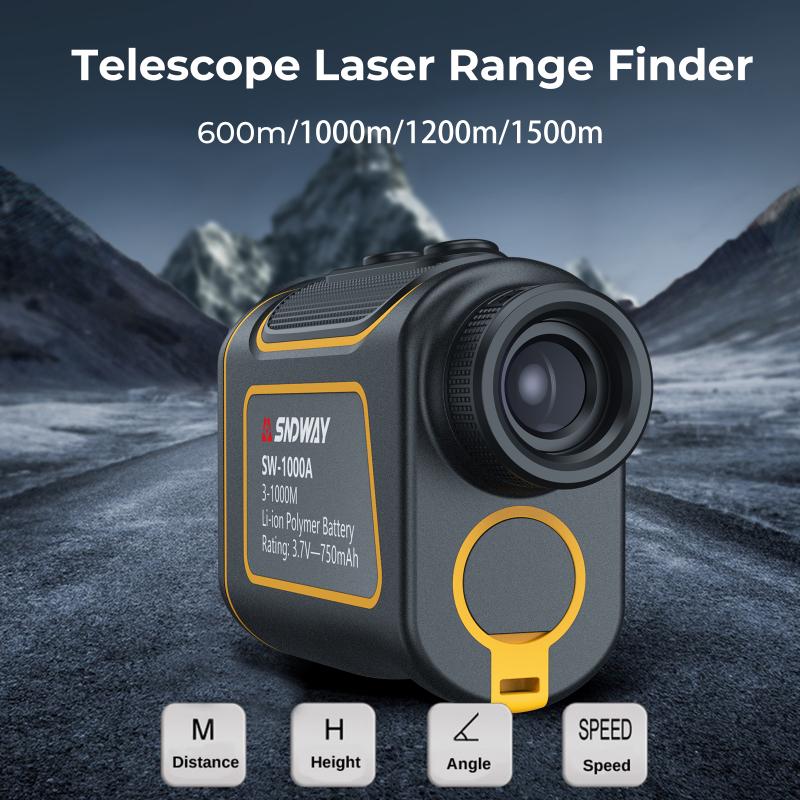
3、 Cassegrain Telescope
A Cassegrain telescope is indeed a suitable choice for observing Saturn. This type of telescope is a popular design that combines a primary mirror and a secondary mirror to fold the light path, resulting in a compact and versatile instrument.
Cassegrain telescopes are known for their excellent image quality and high magnification capabilities, making them ideal for observing planets like Saturn. With their long focal length and large aperture, they can provide detailed views of Saturn's iconic rings and its moons.
In recent years, advancements in telescope technology have further enhanced the viewing experience. Many Cassegrain telescopes now come with computerized mounts and tracking systems, allowing for precise and effortless tracking of Saturn as it moves across the night sky. This feature is particularly useful when observing planets, as they appear to move relatively quickly compared to other celestial objects.
Additionally, some Cassegrain telescopes are equipped with advanced imaging capabilities, such as astrophotography. This allows astronomers and enthusiasts to capture stunning images of Saturn and its intricate ring system, revealing details that may not be visible through visual observation alone.
It is worth noting that the choice of telescope should also consider other factors such as budget, portability, and personal preferences. However, a Cassegrain telescope, with its excellent optics and versatility, remains a popular and reliable option for observing Saturn and other celestial objects.

4、 Dobsonian Telescope
A Dobsonian Telescope is an excellent choice for observing Saturn. This type of telescope is a reflector telescope that uses a large primary mirror to gather and focus light. It is known for its simplicity, affordability, and ease of use, making it a popular choice among amateur astronomers.
Saturn is one of the most fascinating objects to observe in the night sky. With its iconic rings, it offers a breathtaking view that can captivate both beginners and experienced observers. To see Saturn clearly, you need a telescope with a decent aperture size, which determines the amount of light the telescope can gather. A larger aperture allows for better resolution and detail in the image.
A Dobsonian Telescope typically comes with a large aperture, ranging from 6 inches to 16 inches or more. This makes it ideal for observing Saturn, as it provides enough light-gathering power to reveal the planet's intricate ring system and its largest moon, Titan. The simplicity of the Dobsonian mount also allows for smooth and stable tracking of Saturn as it moves across the sky.
In recent years, advancements in telescope technology have led to the development of computerized Dobsonian telescopes. These telescopes, known as GoTo Dobsonians, come with motorized mounts and built-in computer systems that can automatically locate and track celestial objects. This can be particularly helpful for beginners who may struggle to find Saturn in the vast expanse of the night sky.
In conclusion, a Dobsonian Telescope is an excellent choice for observing Saturn. Its large aperture and ease of use make it ideal for capturing the beauty and detail of the planet's rings and moons. With the option of computerized mounts, even beginners can easily locate and track Saturn for a truly mesmerizing viewing experience.
